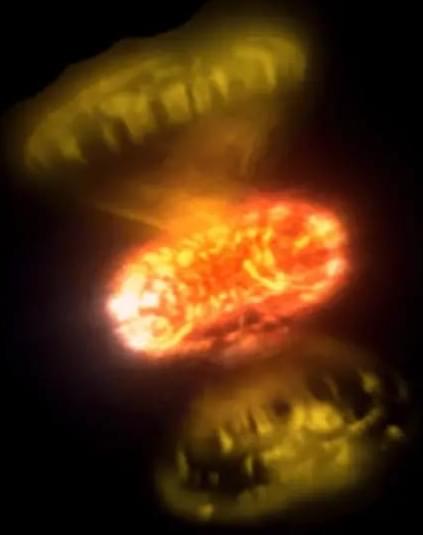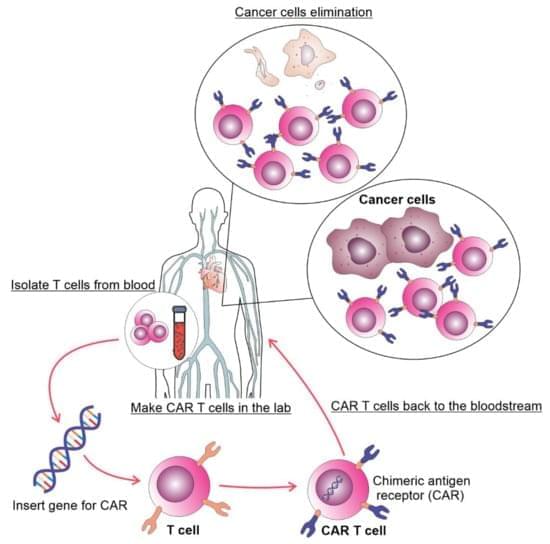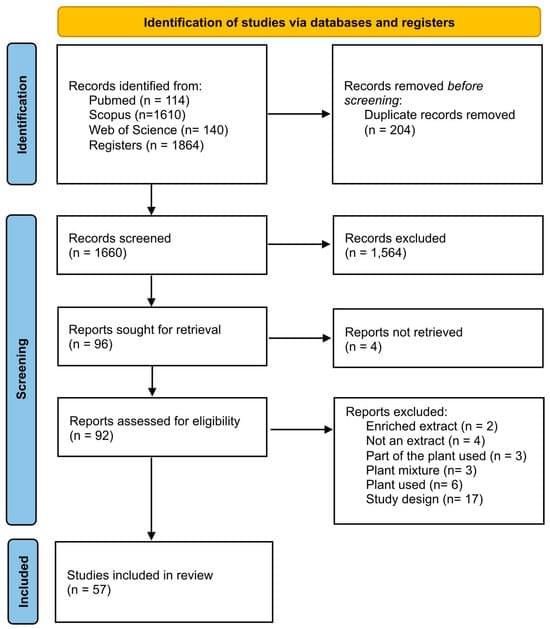“Novae are more than fireworks in our galaxy — they are laboratories for extreme physics,” said Dr. Laura Chomiuk.
What can imaging supernovae (plural for supernova) explosions teach astronomers about their behavior and physical characteristics? This is what a recent study published in Nature Astronomy hopes to address as an international team of researchers investigated the mechanisms behind the thermonuclear eruptions that supernovae cause. This study has the potential to help scientists better understand supernovae, as they are hypothesized to be responsible for spreading the chemical elements and molecules needed for life throughout the universe.
For the study, the researchers used the Georgia State University CHARA Array to observe exploding supernovae from two separate white dwarfs: nova V1674 Her and nova V1405 Cas, which are located approximately 16,200 and 5,500 light-years from Earth, and were observed days 2 & 3 and days 53, 55, & 67 after first light of eruption, also known as t0, respectively. For nova V1674 Her, the researchers observed outflows during days 2 & 3, while they observed this same behavior for nova V1405 Cas during days 53, 55, & 67. The researchers note these contrasting observations challenge longstanding hypotheses regarding supernovae behavior during their eruption periods.





